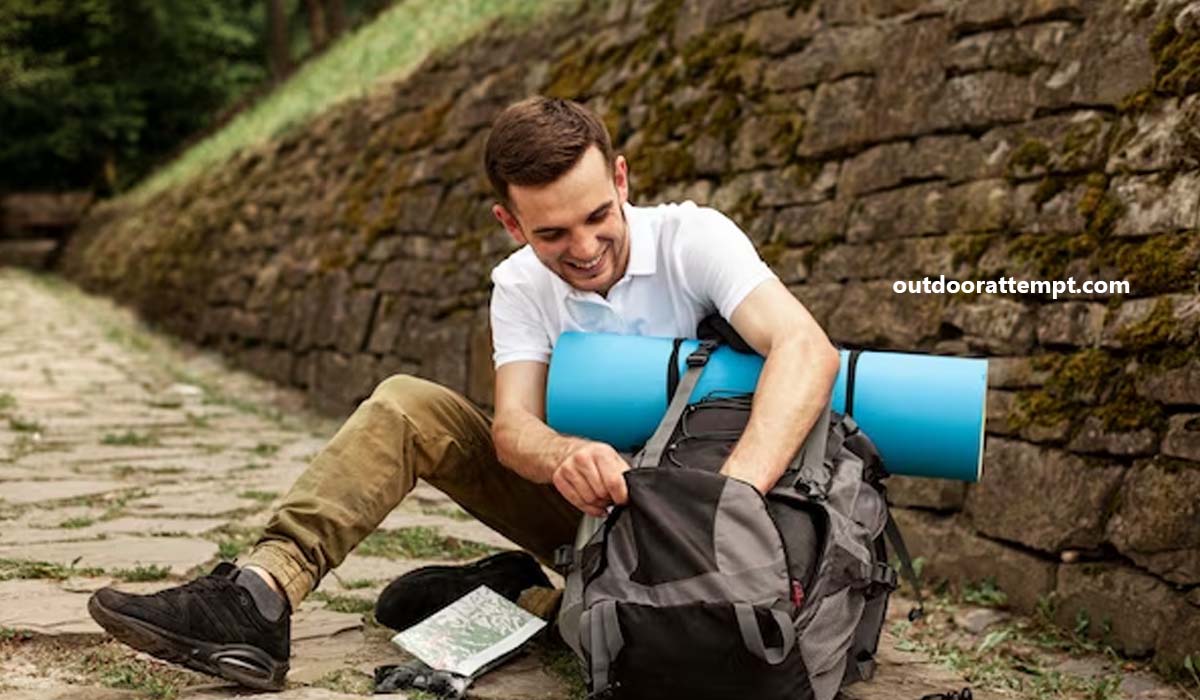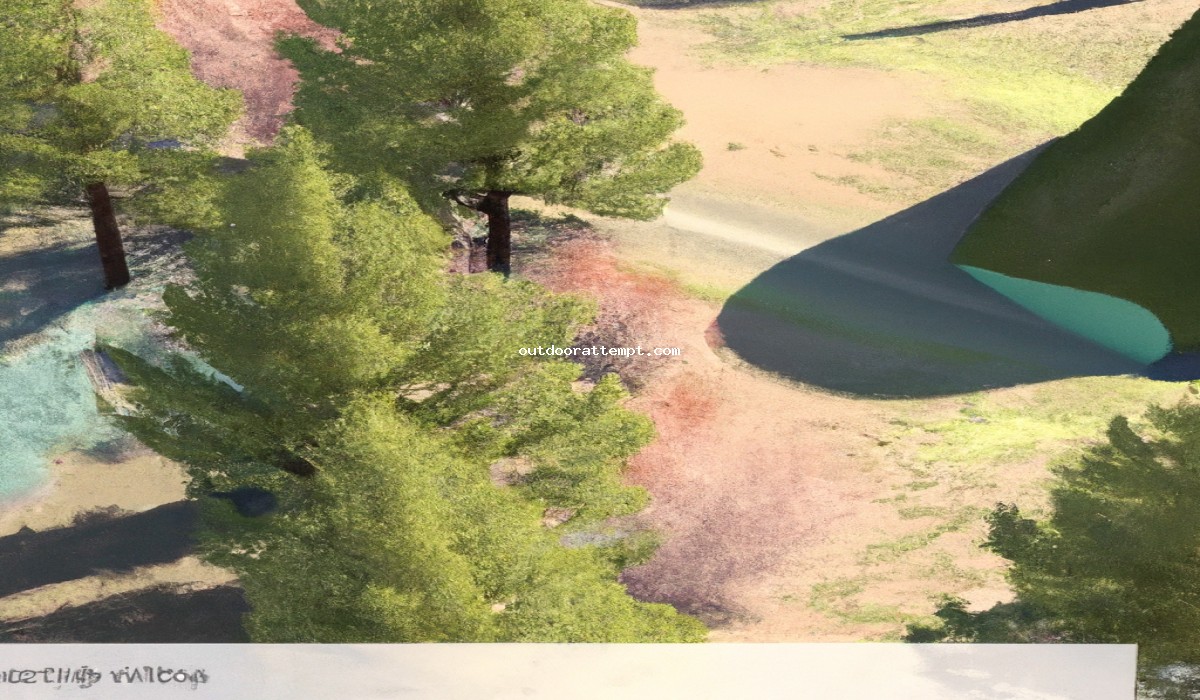Campsite Navigation: Using Maps, GPS, and Landmarks is a guide that shows you how to use maps, GPS, and landmarks to navigate to your campsite.
The Impact of Campsite Navigation: Using Maps, GPS, and Landmarks on Hiking
There are many different ways to navigate when hiking, from old-school paper maps to GPS units and smartphone apps. But what is the best way to navigate when hiking, and does it really matter?
Most experienced hikers will tell you that a map and compass are the best way to navigate, regardless of whether you are hiking in unfamiliar terrain or not. This is because a map and compass will always work, even if your electronic devices fail.
Landmarks on Hiking
However, maps and compass skills can be difficult to learn, and most hikers rely on some combination of electronic devices and paper maps. GPS units are especially popular, as they can give you your exact location at all times and even help you plan your route before you start hiking.
There are also a growing number of smartphone apps that offer turn-by-turn navigation, even in areas without cell service. However, it is important to remember that these apps can drain your battery quickly, so it is still a good idea to carry a paper map as a backup.
In the end, the best way to navigate while hiking is the way that works best for you. Experiment with different methods and find the combination that works best for your needs.
Campsite Navigation: Using Maps
Ideal campsite navigation involves a positive experience locating and then returning to a campsite. A hiker should be able to find a campsite without difficulty, and once they leave the site, should be able to find their way back using maps, GPS, or landmarks.
There are a few emerging trends in campsite navigation that hikers should be aware of in order to make the most of their experience.
One trend is the use of maps to navigate to a campsite. This can be done by using a physical map, or by using a mapping app on a smartphone. Hikers can use the map to determine the best route to take to get to their desired campsite.

Another trend is the use of GPS to navigate to a campsite. This can be done by using a handheld GPS device, or by using the GPS on a smartphone. Hikers can use GPS to track their location and ensure that they are on the right track.
The last trend is the use of landmarks to navigate to a campsite. This can be done by looking for specific features on the landscape, such as mountains, rivers, or trees. Hikers can use these landmarks to orient themselves and ensure that they are heading in the right direction.
Prediction
The trend that will likely continue to grow in popularity is the use of GPS to navigate to a campsite. This is due to the fact that GPS is becoming increasingly accurate and reliable. Hikers can use GPS to track their location and ensure that they are on the right track.
How do I use a compass?
To use a compass, you will need to know how to find north. Once you know where north is, you can hold the compass in your hand with the needle pointing north. Then, you can turn yourself and the compass until the needle is pointing in the direction you want to go.
How do I use a map?
To use a map, you will need to find your location on the map. Once you know where you are, you can look at the map to see where you need to go. Then, you can follow the roads or paths on the map to get to your destination.
How do I use GPS?
To use GPS, you will need to enter your destination into the GPS system. Once you have done this, the GPS will give you directions to your destination. You can then follow these directions to get to your destination.
What are some common landmarks?
Some common landmarks that can help you navigate are mountains, rivers, and trees. These landmarks can help you to orient yourself and to find your way.
What are some tips for navigation?
Some tips for navigation include always knowing where you are, having a map and a compass, and knowing how to use them. Additionally, it is always helpful to have a landmarks and to know how to find north.
Is it important to Navigation?
Yes, navigation is important because it allows you to get to your destination safely. Additionally, navigation can help you to avoid getting lost.
How do I start Navigation?
To start navigation, you will need to know your starting point. Once you know your starting point, you can begin to look at your map and plan your route. Additionally, you can use a compass or GPS to help you navigate.
What are some benefits of Navigation?
Some benefits of navigation include being able to get to your destination safely and avoiding getting lost. Additionally, navigation can help you to explore new places and to find your way back to your starting point.
What are some challenges of Navigation?
Some challenges of navigation include getting lost, not knowing your starting point, and not having a map or compass. Additionally, navigation can be difficult in unfamiliar territory or in bad weather. Exploring the Limitations of Campsite Navigation: Using Maps, GPS, and Landmarks .
Whether you are driving to a new city or going for a hike in the woods, being able to navigate your surroundings is crucial. In the past, people would use maps and landmarks to find their way around. Today, GPS has made navigation much easier. However, there are still some limitations to GPS that you should be aware of. In this article, we will explore the limitations of campsite navigation using maps, GPS, and landmarks.
Limitations of GPS
One of the limitations of GPS is that it is not always accurate. GPS relies on satellites to determine your location. If there are clouds or trees in the way, the signal can be blocked and your GPS may not be able to determine your exact location. This can be a problem if you are trying to find your way around in the woods.
Another limitation of GPS is that it can drain your battery. If you are planning on being in an area with limited cell service, you should make sure to bring a backup battery for your GPS. Additionally, GPS does not work well indoors. If you are trying to find your way around a large building, GPS is not going to be very helpful.
Campsite Navigation: Using Maps
Maps are a great way to navigate your surroundings, but they have their own limitations. One of the biggest limitations of maps is that they are not always up-to-date. If there have been any changes to the roads or trails in an area, the map is not going to reflect those changes. Additionally, maps can be difficult to read.
If you are trying to find your way around in the woods, a map may not be the best option. Landmarks are another way to navigate your surroundings. However, landmarks can be difficult to find if you do not know what you are looking for. If you are trying to find your way around in the woods, landmarks may not be the best option.
The bottom line
The bottom line is that there are several limitations to campsite navigation using maps, GPS, and landmarks. However, there are ways to overcome these challenges. If you are planning on being in an area with limited cell service, you should make sure to bring a backup battery for your GPS. Additionally, if you are trying to find your way around in the woods, maps and landmarks may not be the best option.
